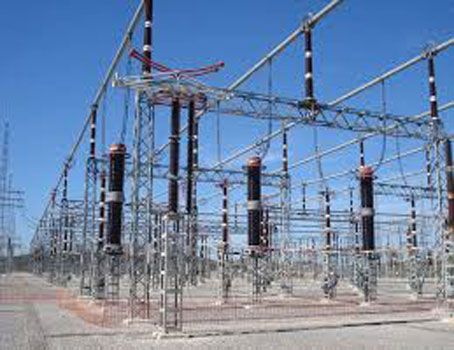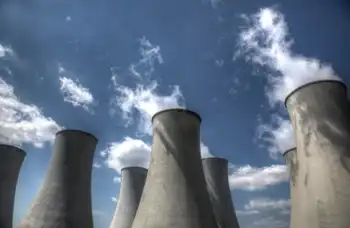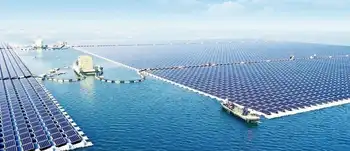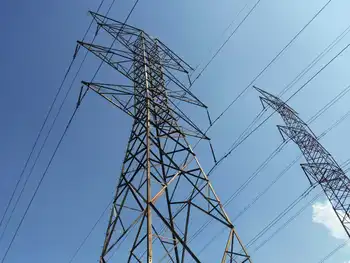Ontario to explain soaring energy costs
By The Toronto Star
NFPA 70e Training
Our customized live online or in‑person group training can be delivered to your staff at your location.

- Live Online
- 6 hours Instructor-led
- Group Training Available
QueenÂ’s Park is distributing a six-page pamphlet to every household in Ontario as part of a public-relations blitz to tout the new 10 per cent discount on electricity.
“What we’re trying to convey is why we’re doing this,” McGuinty said recently after a 40-minute speech to 300 Liberals at the party’s pre-election policy conference here.
“It is a major undertaking, but we’ve come a long way since the days of 2003 and 2004 when it was touch and go with respect to our capacity to meet electricity demand in Ontario,” the premier said.
While generation is more plentiful and less polluting, electricity bills have skyrocketed and are expected to increase an additional 46 per cent over the next five years.
“We’re now in a position where we’ve got a reliable supply and we’re doing it in a really smart way. We’re doing it in a way that creates thousands of new jobs,” said McGuinty, referring to the Green Energy Act that subsidizes clean wind and solar generators with hopes of creating 50,000 new jobs over three years.
“It’s cleaning up our air so I just want to give Ontarians a sense of why we’re doing this and what we’ve been able to achieve together,” he said.
But with an election looming Oct. 6 and Progressive Conservative Leader Tim Hudak and NDP Leader Andrea Horwath appealing to voter concerns on pocketbook issues, McGuinty launched a 10 per cent hydro rate discount at the beginning of 2011.
Known as the Clean Energy Benefit, the measure will cost the treasury, already struggling with an $18.7 billion budget deficit, more than $1 billion a year.
“It’s going to convey to Ontarians that we’re sensitive to their household finances and that we’re trying to help,” insisted the premier.
The six-page brochure, entitled “Electricity prices are changing. Find out why,” is ostensibly a non-partisan document that was approved for release by Auditor General Jim McCarter.
Still, it echoes the themes in the PowerPoint presentation McGuinty has been making across the province in recent weeks.
“Like in a lot of places around the world, electricity prices in Ontario are going up. Why? Ontario is building the infrastructure we need to make sure the lights stay on, now and in the future,” the document states.
It goes on to boast how eight coal-fired generation plants have been closed and the last will be mothballed in 2014.
As well, the leaflet heralds how $9 billion in private-sector investment has been committed in the past year for renewable energy projects and that Ontario has more than 700 wind turbines — up from 10 when the Liberals were elected in 2003.
The controversial $7 billion deal with Samsung accounts for the lionÂ’s share of that, although the South Korean company is not mentioned by name.
But this shift has come at a price because green energy is heavily subsidized with generators being paid up to 80 cents a kilowatt hour for electricity that costs about 4 cents from nuclear plants.
Hence the 10 per cent discount.
“The average household will see savings of about $150 this year. The credit will be applied directly to your electricity bill for the next five years,” the pamphlet states.
Horwath, for her part, said that the LiberalsÂ’ moves are cold comfort for worried Ontario families.
“I don’t know how they neutralize this as an election issue,” said the NDP leader, pointing out that the 13 per cent harmonized sales tax on energy bills is walloping consumers.
“Everywhere I go, I am hearing from families about the cost of household bills,” said Horwath, whose party is promising to scrap the eight per cent provincial portion of the HST from energy costs and raise corporate taxes to foot the tab.
Tory MPP Lisa MacLeod Nepean-Carleton, whose party has yet to disclose its plans for tax relief, said McGuinty is out of touch with families.
“The reality is that hydro bills and the HST have become a really big burden on the family budget. We’re hearing it every day,” said MacLeod.
“It’s a little too late for them to be giving credits or the like. Right now, families realize they’re in a very dire strait in paying many of their bills and I don’t think the hydro scheme they’ve put in place is at all helping Ontario families.”














